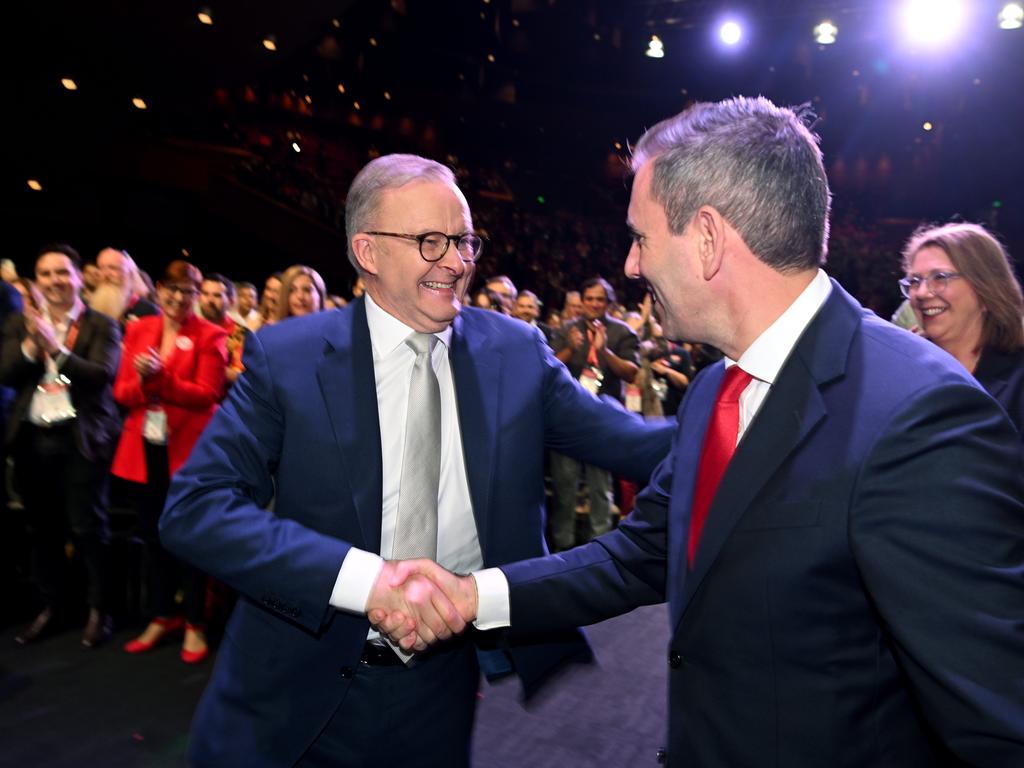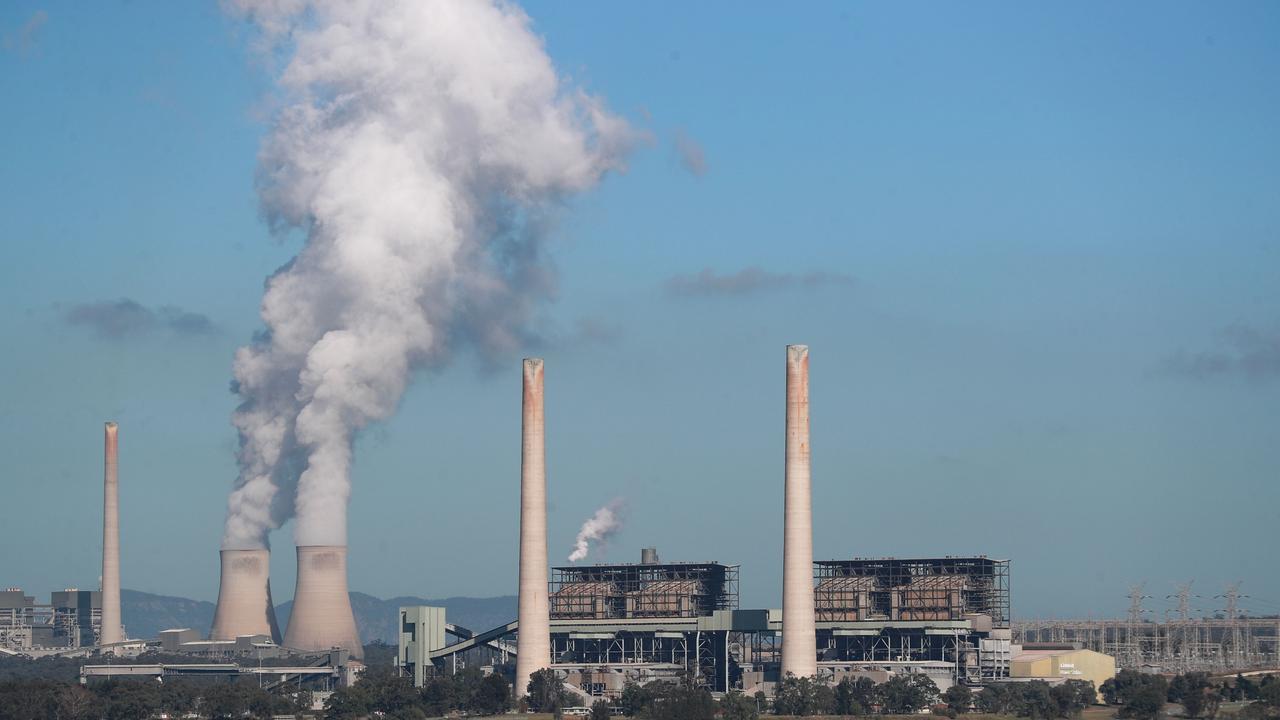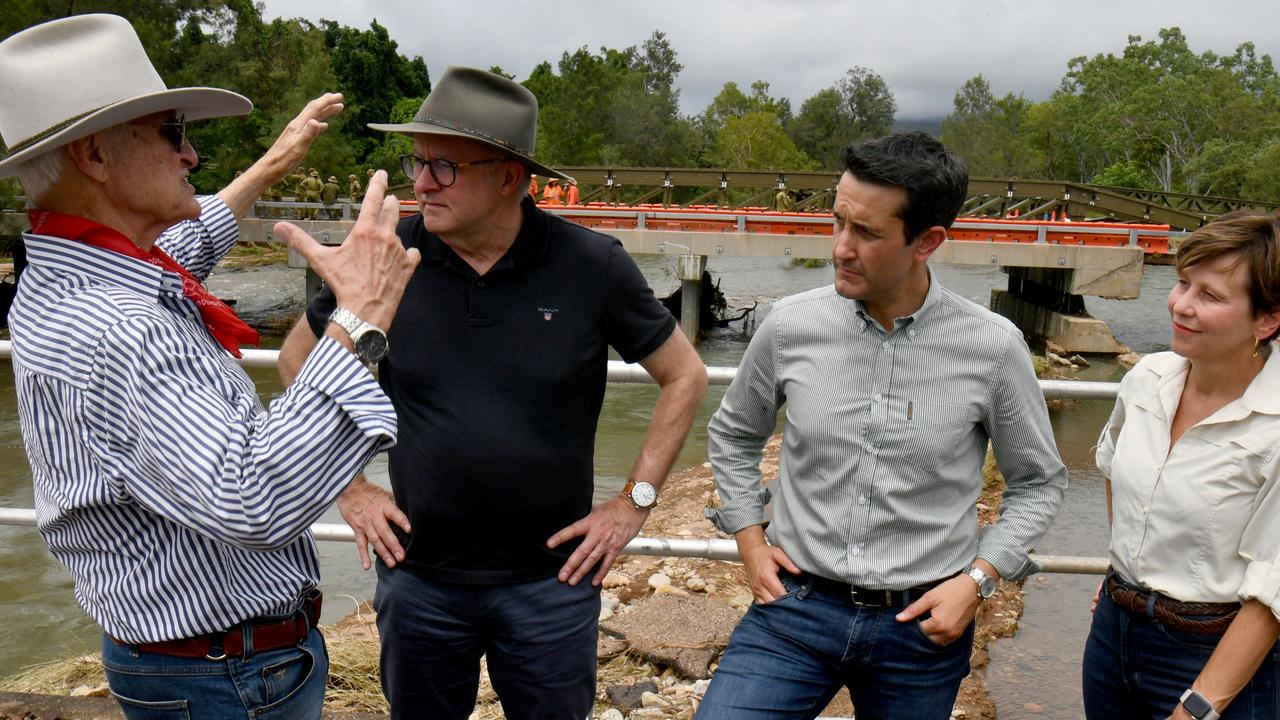Miners ‘worse-off’ under Anthony Albanese’s stage 3 tax cut changes
Resources Minister Madeleine King has been accused of ‘misleading’ miners by using outdated 2019-20 data to claim they will better-off under stage three tax changes.
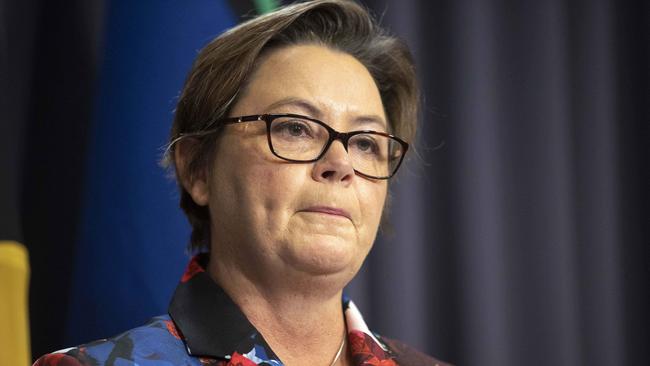
Resources Minister Madeleine King – Labor’s top-ranking West Australian MP – has been accused of misleading miners after using outdated 2019-20 data to claim mining workers on an average income would be better off under Anthony Albanese’s stage three tax changes.
Ms King has cited competing figures of $144,000 and $130,000 in the past four weeks to argue the average income of miners falls below the $146,486 taxable income threshold, which means they don’t lose out under Labor’s new stage three tax cuts.
Asked at a Senate estimates hearing last week where the $144,000 national salary figure cited by Ms King was sourced, Assistant Trade Minister Tim Ayres said “those figures are figures sought by the minister’s office … their providence is from the Parliamentary Library”.
The Australian can reveal the Parliamentary Library confirmed to opposition resources spokeswoman Susan McDonald that the $144,600 figure was sourced from pre-pandemic ABS Jobs and Income of Employed Persons 2019-20 data series. The library sent Senator McDonald a 2019-20 state breakdown showing WA mining workers were paid an average $153,978, with iron ore miners earning an average $154,716. Based on four-year-old data, average WA miners would have been worse off under the prime minister’s stage three tax cuts overhaul.
Using ABS Wage Price Index data showing mining industry wages grew by 6.9 per cent from June 2020 to June 2023, the library said the adjusted average earnings figure for June 2023 would be around $154,585.
The estimate was made on the assumption that earnings in the mining industry over the three-year period increased in line with the WPI.
There are also variations in comparing income from a job with the $146,486 taxable income cut-off for people who are better off under Labor’s stage three.
Speaking in parliament on February 7, Ms King said the “average income of resources workers is $144,000 … they will get a tax cut of over $3700”.
On January 25, Ms King said the “average wage of a resources worker is about $130,000 … I know there’s higher and lower, but if we take the average as a good measure, workers on that average resources sector wage will get a larger tax cut under this package.”
Writing for The Australian online, Senator McDonald said Ms King had “failed to mention … these figures were taken from old pre-Covid data in 2019-20”.
“In the following three years, wages across the mining industry grew by 6.9 per cent. By her own figures, this means that the average miner was earning about $154,585 by June 2023, with wages only expected to grow further by the time Labor’s broken tax promises come into effect on 1 July,” Senator McDonald wrote.
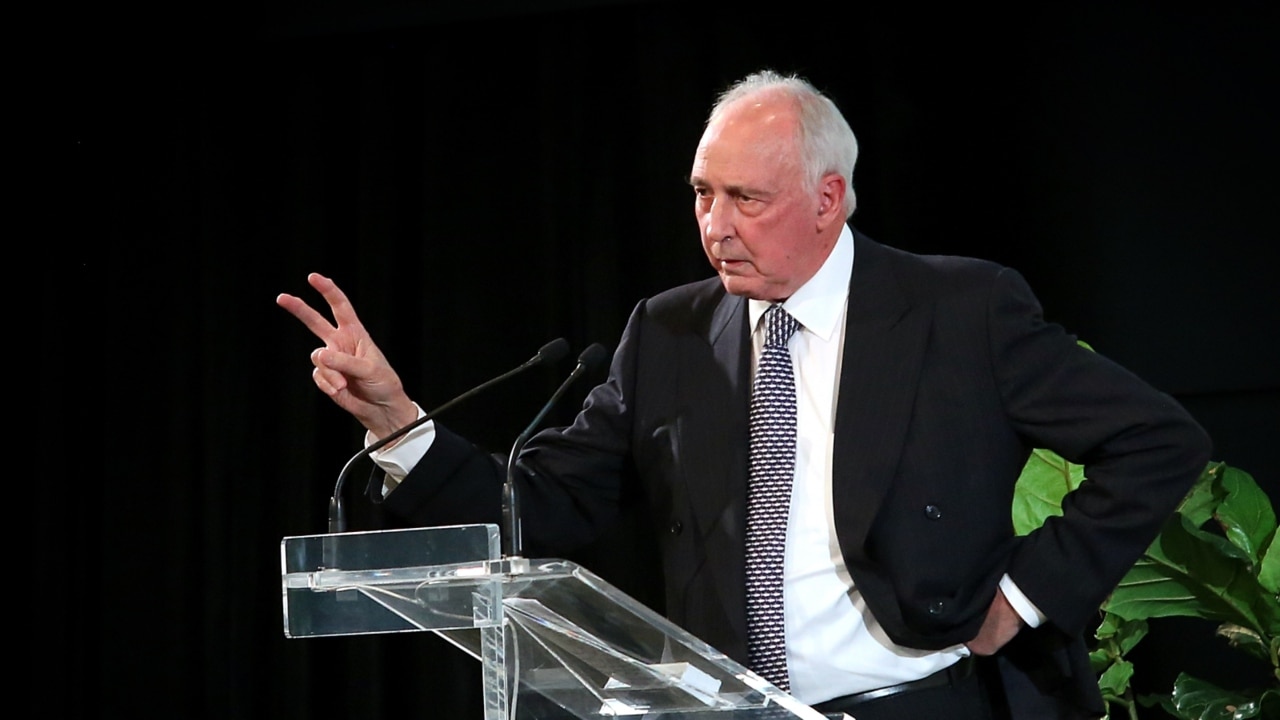
“This means miners will be earning on average well above the $148,000 threshold where they will be worse off under Labor’s changes.
“So, when the Resources Minister stands up in parliament and claims ‘the absolute majority of resources sector workers will be better off under Labor’s tax changes’, you have to question whether she just doesn’t know she is wrong, or whether she is being deliberately misleading.”
A spokesman for Ms King on Thursday said “the extraordinary incomes of resource executives skews the mean wage”.
“The ABS has reported that the median wage for mining workers in 2023 was around $125,000. This means that an absolute majority of resources sector workers will be better off under Labor’s tax changes than the proposal of five-years-ago by the Coalition,” the spokesman said.
“It can take 1000 workers to keep a coalmine in the Hunter or an iron ore mine in the Pilbara operating. Among the many jobs on these mines there are geologists, mining engineers and metallurgists, all of whom are getting a tax cut. But there are also cleaners, trade assistants, field assistants, water cart operators, warehouse operators and labourers – all of whom will get a tax cut.”
Senator McDonald said impacted miners would be $567 worse off every year and face higher tax slugs as their pay rises.
“Mine workers are not the top end of town like Labor would have you believe. Resources companies paid over $40bn in salaries last year. It is $40bn in cash in the pockets of men and women who earned it through their hard work,” she wrote.
“That is billions in PAYG tax contributed for governments to fund hospitals, schools, roads, the NDIS, defence and social security,” she added.
The Australian last week revealed frontline workers, tradies and school principals would be long-term losers under Labor’s stage three tax changes.





